Water Modeling Tools for Decision Support
Find water modeling and other water infrastructure tools to support decisions
Water infrastructure is essential for a healthy community today and into the future. Water infrastructure includes drinking water, stormwater, and wastewater systems that treat, collect, store, and transport water. These systems ensure that we have proper sanitation, safe water to drink, and reduced risks of flooding.
EPA’s Office of Research and Development has developed a variety of tools that can help communities understand the impact of decisions related to designing, planning, treatment, optimizing, emergency response, or managing water infrastructure systems. Federal, tribal, state, and local community personnel or others can utilize these tools. They have been used to support design of new or retrofit infrastructure, resilience assessments, emergency response, water contamination incidents, decisions about implementing new treatment technologies, and more. The tools included here can be applied at the community level for stormwater, wastewater, and drinking water distribution system management, to household level (e.g., premise plumbing within a home), to smaller scale calculations of water chemistry.
Please select from the water type and/or topic area dropdown selectors to refine your search.
-
Understand Movement within a Distribution System
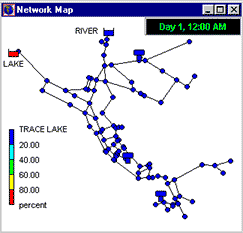
Understand the movement & fate of drinking water constituents within distribution systems with the EPANET software application.
-
Model Complex Reactions in a System
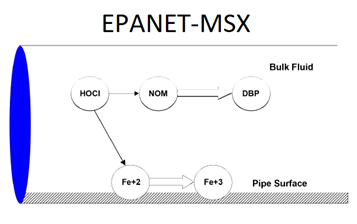
Model complex reactions between multiple chemical and biological species in any system with the EPANET-MSX extension.
-
Model Capabilities of Drinking Water Treatment Operations
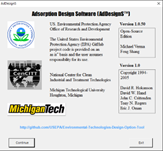
Model the capabilities associated with drinking water and wastewater treatment unit operations with the ETDOT suite of software.
-
Model Premise Plumbing Systems

Model premise plumbing systems and associated demand estimation and analysis tools with the Premise Plumbing Modeling tool (PPMtools) package.
-
Analyze Resilience of Water Distribution Networks

Simulate and analyze resilience of water distribution networks with the Water Network Tool for Resilience (WNTR).
-
Model Water Treatment Effectiveness
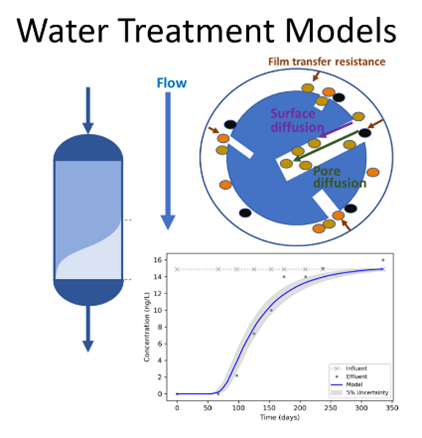
Predict water treatment unit effectiveness, specifically how well Granular Activated Carbon and Ion Exchange Resins will work for removing contaminants, with the Water Treatment Model.
-
Explore Stormwater Control Strategies
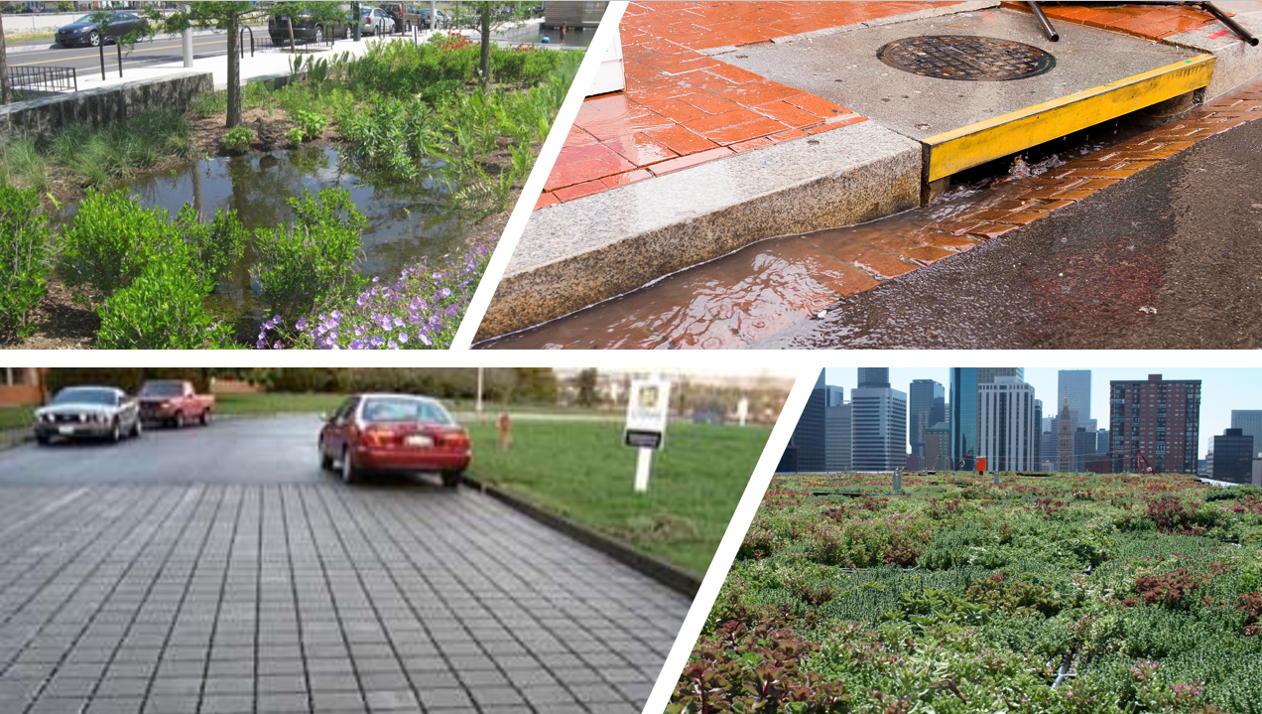
Plan, analyze, and design approaches related to stormwater runoff, combined and sanitary sewers, and other drainage systems, with the Stormwater Management Model (SWMM).
-
Estimate Rainwater and Runoff Quantities

Estimate the annual amount of rainwater and frequency of runoff from a specific site where green infrastructure is used as low impact development controls with the National Stormwater Calculator (SWC).
-
Optimize Water Sensor Monitor Placement
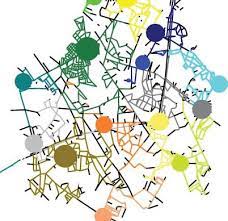
Software package for drinking water distribution systems to optimize the number and location of contamination detection sensors so that economic and/or public health consequences are minimized with the TEVA-SPOT Tool.
-
Design Contamination Warning Systems and Response Action Plans
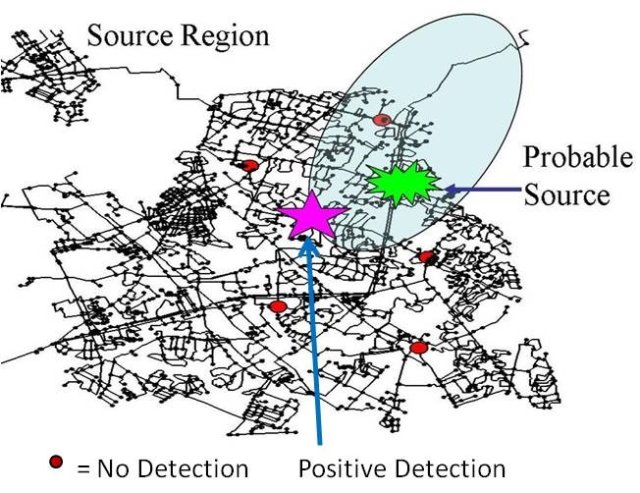
Design contamination warning systems and response action plans, including flushing, sampling, and contamination source identification, with EPA's Water Security Toolkit.
-
Improve Contamination Warning Systems
Enhance the detection of contamination incidents in water distribution systems (i.e. Event Detection System) using typical water quality sensors and increase the likelihood and speed of detection by interpreting sensor data with CANARY.
-
Estimate Free Chlorine Concentration

Estimate free chlorine concentration in drinking water samples when cyanuric acid is present in cases when adding chlorine–containing chemicals commonly referred Dichlor or Trichlor to drinking water systems.
-
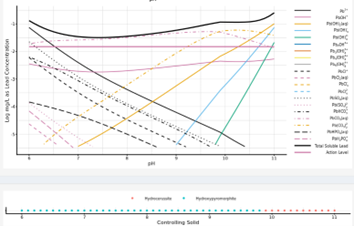
Understand Lead Solubility
Explore a collection of code and documentation for the Theoretical Equilibrium Lead Solubility Simulator (TELSS) Source Code.
-
Simulate Drinking Water Chloramine Formation and Decay

Simulate inorganic chloramine formation and subsequent stability, including a simple inorganic chloramine demand reaction for organic matter.
-
Simulate Breakpoint Chlorine Curves
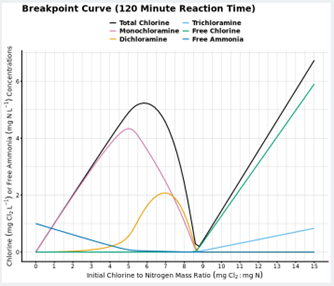
Simulate breakpoint chlorine curves at various reaction times with the Chlorine Breakpoint Curve Simulator.
-
Analyze water quality through a multi-species approach

Analyze water distribution systems using a multi-species approach through EPANET- Multi-Species Extension.
-
Simulate Water Chemistry
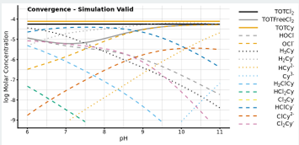
Simulate water chemistry at selected conditions associated with the free chlorine and cyanuric acid system.

